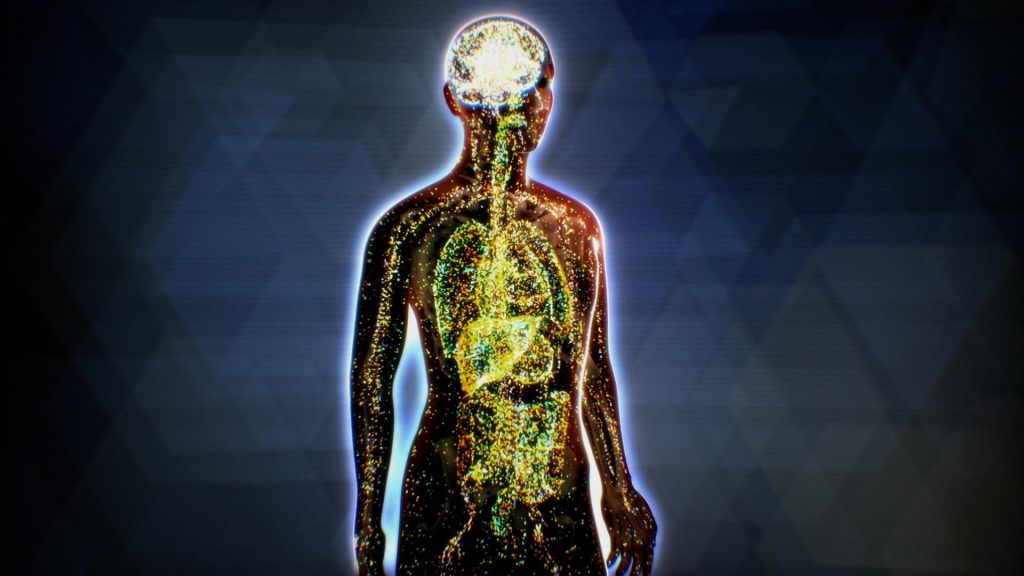Answering the question, “What does the endocannabinoid system do?” isn’t as simple as it seems. This human body system was only discovered a few decades ago. Scientists and researchers continue to explore how the endocannabinoid system works and how the cannabinoids in the cannabis plant affect it.
If the new Mississippi Medical Cannabis Act has introduced medical cannabis as an option for you, keep reading to learn about the endocannabinoid system and how it relates to marijuana (cannabis) use in the medical field.
What Is the Endocannabinoid System?
The endocannabinoid system (ECS) plays a crucial role in many bodily functions. As a cell-signaling system, the ECS starts and stops body processes through endocannabinoids and endocannabinoid receptors to establish and maintain homeostasis in the body.
Research studies indicate that the ECS plays a role in regulating the following:
- Appetite
- Bone growth
- Cardiovascular function
- Digestion
- Energy
- Immune responses
- Liver function
- Memory
- Metabolism
- Mood
- Motor control
- Nerve function
- Pain responses
- Reproductive function
- Stress responses
Researchers consider the ECS an essential aspect of helping with many symptoms, including nausea and vomiting, lethargy, high blood pressure, chronic pain, poor immunity, and much more.
We can’t answer the question, “What does the endocannabinoid system do?” without diving deeper into the neurotransmitters and receptors that make up the ECS. Here’s a brief explanation of this body system’s primary parts:
What Are Endocannabinoids?
If you spend any time researching the cannabis plant, you’ll encounter a lot of information on the two main cannabinoids in this plant: (1) tetrahydrocannabinol (THC) and cannabidiol (CBD). These molecules affect the body’s ECS in different ways, but they’re not the only cannabinoids in the body.
Endocannabinoids are cannabinoids that the body produces. These lipid-based neurotransmitters communicate with endocannabinoid receptors to regulate different bodily functions.
The scientific community has identified a couple of critical endocannabinoids but still doesn’t completely understand how they work yet. These include:
- Anandamide (also called arachidonoyl ethanolamide or AEA)
- 2-arachidonoyl glycerol (also called 2-AG)
Unlike other neurotransmitters, the body doesn’t store these endocannabinoids. Instead, it produces them on demand when the body needs them to initiate a response.
What Are Endocannabinoid Receptors?
According to scientific studies, endocannabinoids communicate with the ECS through receptors. Two primary receptors bind to endocannabinoids:
- CB1 receptors are found mainly in the central nervous system (brain and spinal cord) but also exist in the testes, sperm cells, retinas, colon, prostate, uterus, ovaries, adrenal glands, heart, lungs, and peripheral neurons.
- CB2 receptors exist primarily in the immune system but can also be found in the central nervous system. An endocannabinoid may bind to an immune cell’s CB2 receptor to modulate the inflammatory response.
How Do THC and CBD From Cannabis Interact With the ECS?
The cannabinoids in the cannabis plant bind to CB1 and CB2 receptors to cause different responses in the body. THC, the psychoactive compound in marijuana, mainly binds to CB1 receptors, causing beneficial effects such as pain relief and appetite stimulation. CBD doesn’t bind directly to CB1 and CB2 receptors in the same way THC does, but researchers believe it has an indirect effect on these receptors, and an increasing body of studies suggests many therapeutic benefits of CBD.
What Are the Medical Uses of Cannabinoids?
Many researchers express optimism in treating conditions through the cannabinoids from the cannabis plant. Some scientists are even working on a form of synthetic THC that provides the usual benefits without the associated side effects. THC and CBD therapies may help improve symptoms of:
- Alzheimer’s disease
- Epilepsy
- Huntington’s disease
- Inflammation
- Pain
- Parkinson’s disease
Many cancer patients have been known to use marijuana to reduce pain and nausea and increase appetite, but researchers continue to explore therapeutic targets for THC and CBD.
Trust LeafMed To Provide Your Medical Cannabis Products in Mississippi
Now that you have the answer to the question, “What does the endocannabinoid system do?” you can experience the benefits of medical cannabis for your symptoms by getting a marijuana card in Mississippi.
If you already have a card, visit our LeafMed dispensaries in Gulfport, Vicksburg, or Bay St. Louis, MS.
